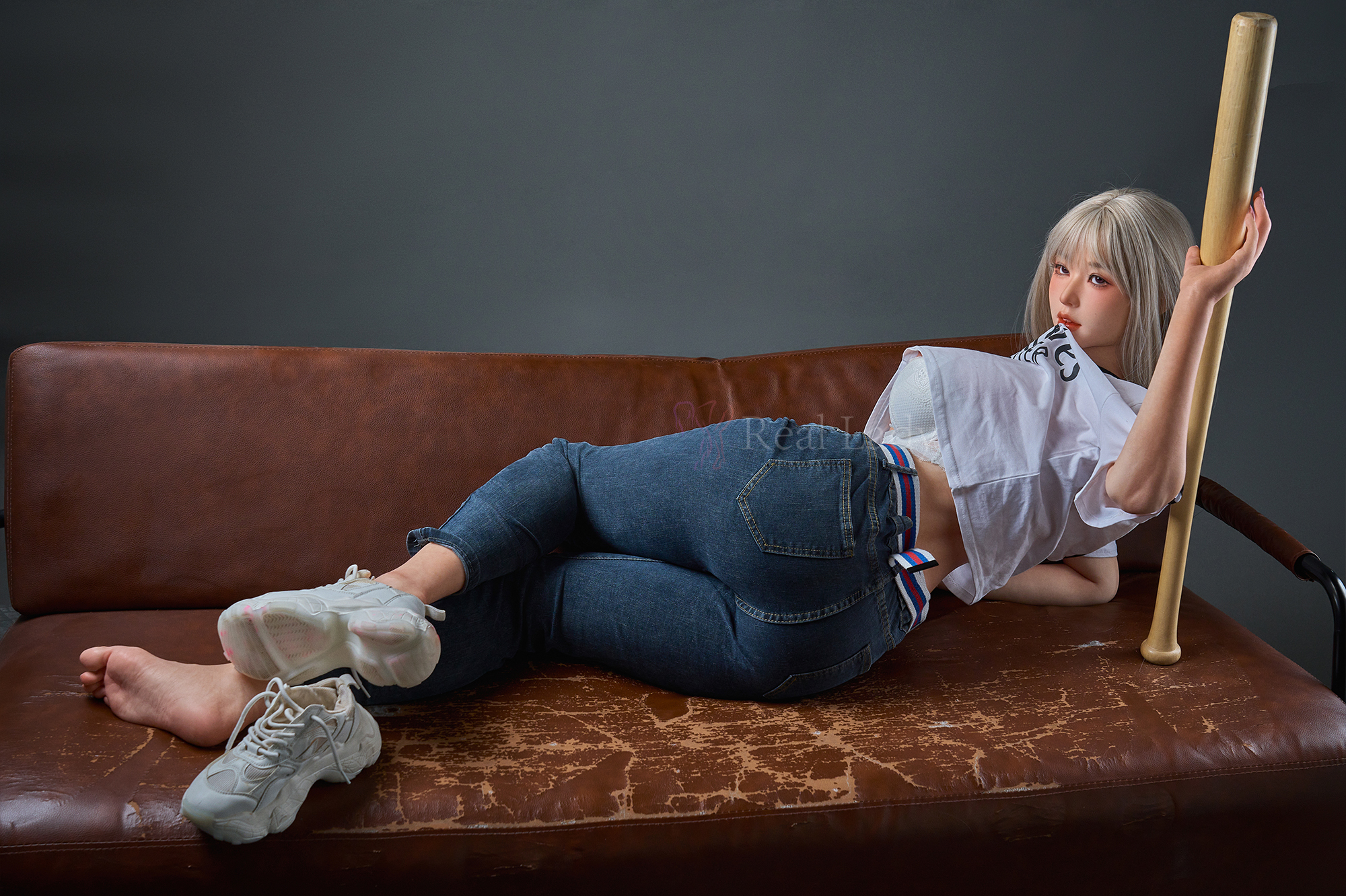Sex Culture in Museums: The History of Human Pleasure from Cultural Relics
This article explores how global museums are beginning to showcase the often-hidden sexual past of humanity, tracing the evolution of erotic culture through preserved relics. With a growing appreciation for sexual wellness and body positivity in Western societies, these exhibits are now reclaiming their rightful place in the historical narrative.
A Global History of Pleasure, Preserved in Stone and Clay
From the phallic totems of prehistoric Europe to ancient Japanese Shunga prints, relics that depict or symbolize sexual pleasure are surprisingly common in museum archives—though they’ve historically been tucked away from public view. Today, institutions across Europe and the United States are slowly reversing this trend, bringing these artifacts into the spotlight.
In places like the British Museum, the Louvre, and the Naples National Archaeological Museum, visitors can find displays featuring erotic pottery, intimate figurines, and carved sexual implements that reveal just how sophisticated and open many ancient cultures were about human sexuality.
Some of these items are clearly artistic, others are overtly functional—early versions of what we now know as sex toys. These include phallic carvings, jade pleasure tools from China, and even wearable objects designed for stimulation. Although rudimentary, many of these artifacts bear a striking resemblance to today’s discreet male sex toys and vibrating tools designed for mutual pleasure.
The Roots of the Sex Doll: From Sacred Figures to Companion Artifacts
While today's realistic sex dolls are crafted with silicone, AI interfaces, and highly articulated joints, their conceptual roots are ancient. In multiple cultures, life-sized figures were created for ritual, companionship, or even erotic use. Early examples include the Japanese “Dutch Wives” used by sailors in the 17th century, and earlier still, sacred fertility idols used in ceremonial reproduction rituals.
Some of these figures served dual purposes—objects of worship and outlets for human desire. While they lacked the technological sophistication of modern lifelike sex dolls, the intent behind them was similar: to personify intimacy, connection, and sensual expression.
Museums showcasing these relics are not only opening a window into humanity’s past but also creating a space for modern discussions about how sex dolls and sex toys fit into today’s wellness landscape.
Eroticism and Artistic Legacy: More Than Taboo
Across ancient Greece and Rome, public displays of erotic art were a celebration of life, fertility, and sensuality. Frescoes from Pompeii’s “Lupanar” (brothel) reveal a society where sexual expression was normal, even institutionalized. Similarly, in India’s Khajuraho temples, intricate carvings portray intimate human interactions—artworks that blend the divine with the erotic.
These ancient depictions were more than decorative. They served as sex education, spiritual metaphors, and social commentary. Today, they also remind us that the stigmatization of sexuality is a relatively modern phenomenon.
In the context of adult wellness, these relics act as precursors to modern products like automatic male masturbators, couple’s vibrators, and even therapeutic adult pleasure products designed to enhance emotional and physical intimacy. The human need for connection has never been confined to time or culture.
Sexuality as Heritage: Modern Reflections in Museum Spaces
As attitudes toward sex and pleasure evolve, especially in the Western world, museums are becoming more inclusive in how they present historical narratives. Special exhibitions exploring ancient erotica, sexual customs, and gender fluidity are becoming more common. These curated experiences often include ancient equivalents of modern sex toys, along with insights into their cultural significance.
Such transparency aligns with a broader movement toward sexual wellness, where pleasure is recognized as part of human health and identity. The emergence of realistic sex dolls, discreet toys for men and women, and luxury vibrators echoes the same sentiment: that pleasure is both ancient and deeply personal.
Visitors are increasingly curious—not just about the tools of pleasure, but about the societal roles they played. Who used them? Were they taboo? What do they say about love, gender, and power? These questions link past and present, making sex culture a legitimate and vital topic within heritage institutions.
From Relics to Retail: The Enduring Desire for Pleasure
What begins in a museum often finds its way into modern life. The ancient tools of intimacy showcased in these cultural institutions are echoed in the design and innovation of today’s adult products. From discreet male sex toys to AI-powered sex dolls, the legacy of human desire continues to evolve.
Far from being isolated curiosities, these objects are part of a broader human narrative—one that spans cave drawings and blockchain-backed digital erotica. They demonstrate how creativity, sensuality, and technology can intertwine across millennia.
For the modern consumer exploring sex toy innovations, understanding their historical context can add richness to the experience. It's not just about function—it's about connecting with a part of ourselves that’s always been there, waiting to be acknowledged.
Conclusion: Reclaiming Pleasure Through Culture
Sexuality has always been a part of human history. Museums, long seen as the keepers of high culture, are finally recognizing this truth. Through the display of ancient sex toys, fertility statues, and proto-sex dolls, these institutions are helping to normalize conversations around pleasure and wellness.
As society moves forward, the bridge between cultural heritage and modern adult pleasure products continues to strengthen. Whether you're exploring a Roman brothel fresco or browsing today’s best-reviewed realistic sex dolls, the pursuit of intimacy remains a timeless, global story.
